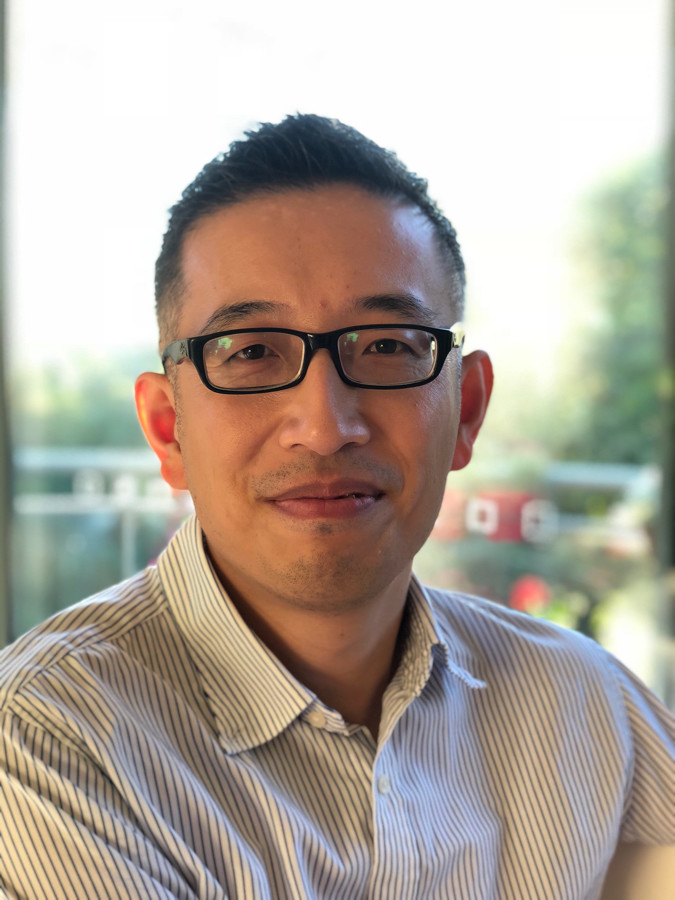It’s great to see the “𝐍𝐚𝐭𝐢𝐨𝐧𝐚𝐥 𝐅𝐫𝐚𝐦𝐞𝐰𝐨𝐫𝐤 𝐟𝐨𝐫 𝐭𝐡𝐞 𝐀𝐬𝐬𝐮𝐫𝐚𝐧𝐜𝐞 𝐨𝐟 𝐀𝐫𝐭𝐢𝐟𝐢𝐜𝐢𝐚𝐥 𝐈𝐧𝐭𝐞𝐥𝐥𝐢𝐠𝐞𝐧𝐜𝐞 𝐢𝐧 𝐆𝐨𝐯𝐞𝐫𝐧𝐦𝐞𝐧𝐭” released. CSIRO’s Data61’s work is “in-focus” in several places, such as the 𝐑𝐞𝐬𝐩𝐨𝐧𝐬𝐢𝐛𝐥𝐞 𝐀𝐈 𝐏𝐚𝐭𝐭𝐞𝐫𝐧𝐬 𝐂𝐚𝐭𝐚𝐥𝐨𝐠𝐮𝐞 (Qinghua Lu) for risk mitigation https://lnkd.in/gkxVSKTz , and the 𝐀𝐈 𝐃𝐢𝐯𝐞𝐫𝐬𝐢𝐭𝐲 𝐚𝐧𝐝 𝐈𝐧𝐜𝐥𝐮𝐬𝐢𝐨𝐧 𝐆𝐮𝐢𝐝𝐞𝐥𝐢𝐧𝐞 (Prof Didar Zowghi Muneera Bano) https://lnkd.in/gKJqX4q7 . We continue to focus on building international scientific consensus on metrics and measurement for AI assurance and investing in new assurance and mitigation methods at the AI system level, beyond AI models and process/management standards.
It’s also worth noting a new 𝐆𝐥𝐨𝐛𝐚𝐥 𝐈𝐧𝐝𝐞𝐱 𝐨𝐧 𝐑𝐞𝐬𝐩𝐨𝐧𝐬𝐢𝐛𝐥𝐞 𝐀𝐈 was just released https://global-index.ai/ , where Australia ranks no. 10 in the world, immediately below Canada and ahead of Singapore and Japan. What slightly dragged down Australia was its government frameworks and international cooperation. With the release of this framework, the upcoming AI safety standard and guardrail approaches for high-risk AI uses, and ongoing international collaboration on AI safety, I think Australia could jump a few spots ahead, potentially reaching the top 5 in the world next time


